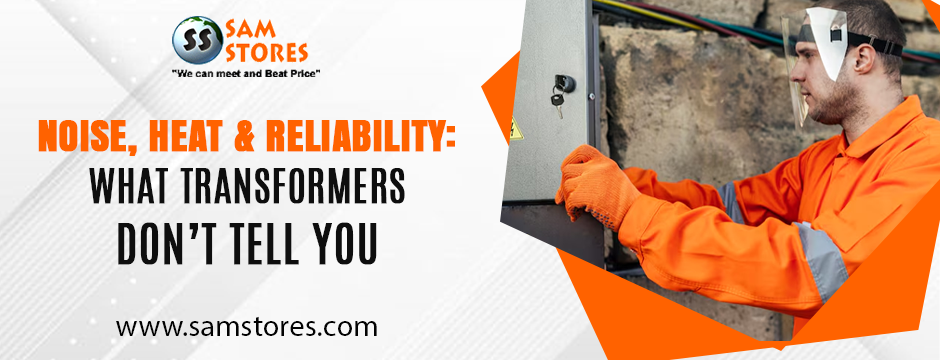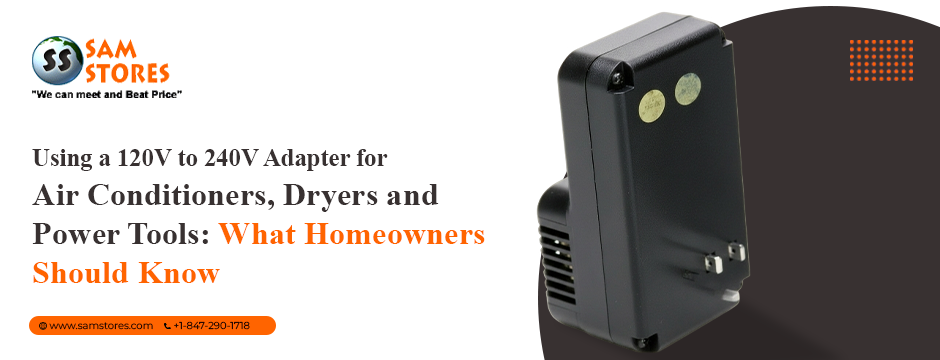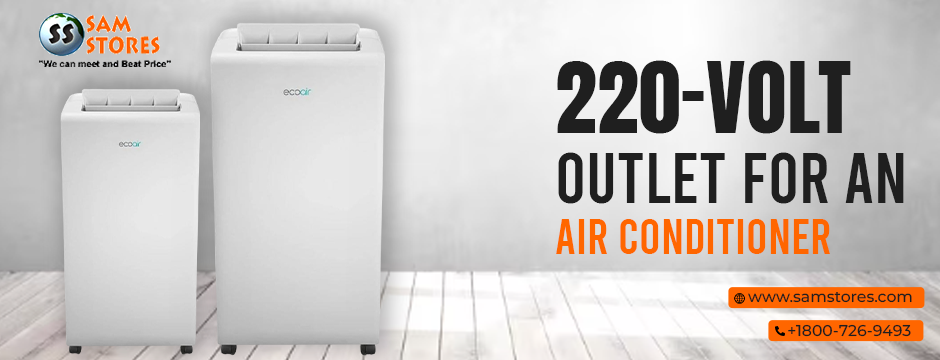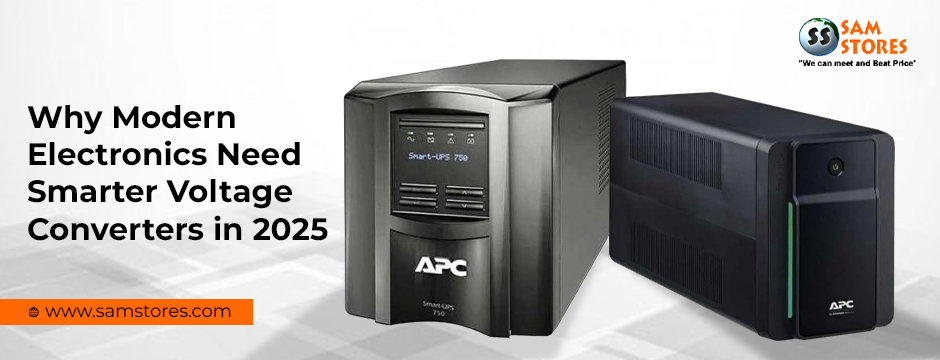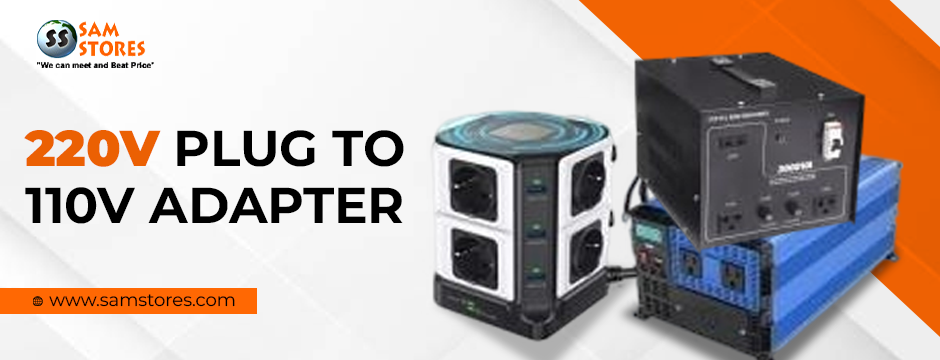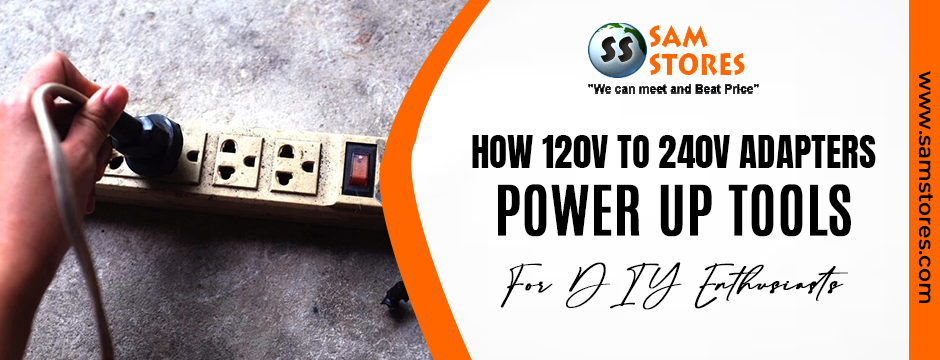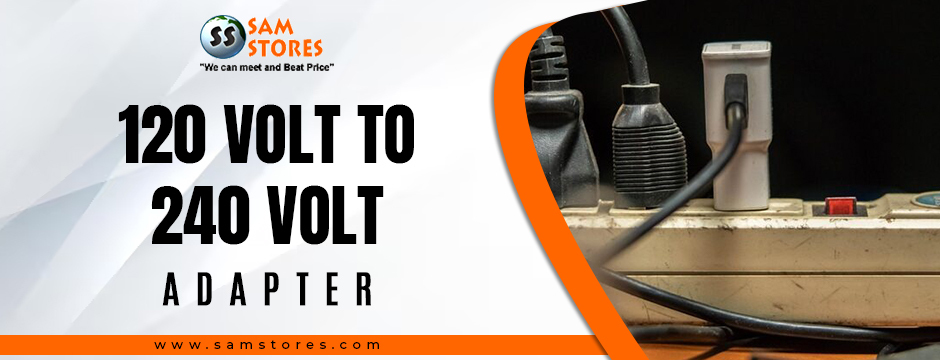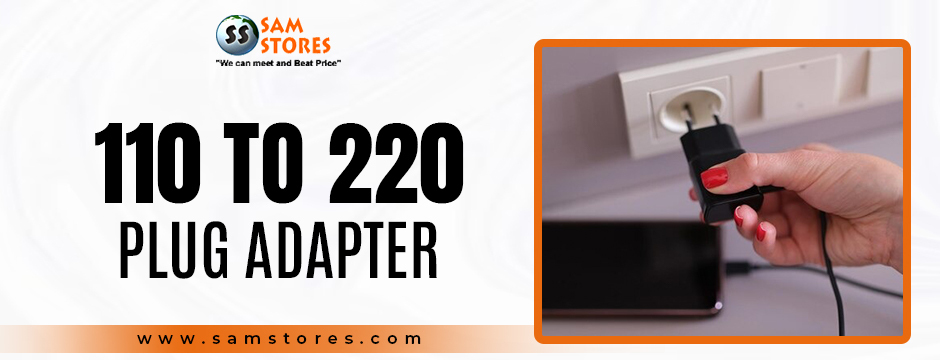When most people shop for transformers, they focus on voltage ratings, wattage, and plug compatibility. Those numbers matter, but they only tell part of the story. The real performance of voltage transformers is often shaped by factors that rarely make it onto spec sheets. Noise, heat behavior, and long-term reliability quietly determine whether a transformer becomes a dependable workhorse or a constant source of frustration.
At Sam Stores, we speak daily with engineers, technicians, frequent travelers, and professionals using everything from sensitive electronics to heavy-duty 220 volt power tools. The questions they ask reveal a pattern. What really matters is not just what a transformer does on day one, but how it behaves after hours of use, under stress, in real environments.
This guide pulls back the curtain on what transformers do not always tell you upfront, and why understanding these hidden factors can save money, time, and equipment in the long run.
Why Transformer Noise Is More Than an Annoyance
Transformer noise is often dismissed as a minor inconvenience. A low hum here, a faint vibration there. In reality, noise is one of the earliest indicators of deeper electrical and mechanical behavior.
The Source of Transformer Noise
Most transformer noise comes from magnetostriction. As the core magnetizes and demagnetizes, it physically expands and contracts. This movement creates vibration, which becomes audible sound. Cheaper cores, loose laminations, or poor assembly amplify this effect.
In well-designed voltage transformers, this vibration is minimized through tight core stacking, quality insulation, and proper enclosure design. In poorly designed units, noise increases as load increases.
Why Engineers Pay Attention to Noise
Noise is not just about comfort. It signals inefficiency. Excess vibration often means energy loss, mechanical stress, and eventually reduced lifespan. In commercial settings, persistent hum can also indicate harmonic distortion or overload conditions.
For travelers using travel converters in hotel rooms or shared spaces, excessive noise quickly becomes a problem. For workshops running 220 volt power tools, noise can point to a transformer being pushed beyond its practical operating range.
Quiet operation is often a sign of better engineering, even when the specs look similar on paper.
Heat: The Silent Reliability Killer
Heat is the most underestimated factor in transformer performance. Every transformer generates heat. The difference lies in how well that heat is managed.
Where Transformer Heat Comes From
Heat is produced through copper losses in windings and core losses in the magnetic material. When load increases, heat rises. When ventilation is poor, heat accumulates. When internal components are low quality, heat builds faster and dissipates slower.
Many budget voltage converters technically meet voltage requirements, but lack adequate thermal design. This results in transformers that feel hot to the touch within minutes.
Why Heat Matters More Than You Think
Heat shortens insulation life. It dries out varnishes, weakens winding insulation, and accelerates failure. A transformer that runs hot may still work today, but its reliability curve drops sharply over time.
Engineers often judge transformers not by maximum wattage, but by temperature rise under continuous load. A transformer rated for 1000 watts that runs cool at 600 watts will outlast a cheaper unit rated for the same output but operating near thermal limits.
At Sam Stores, many customers choose slightly higher capacity voltage transformers not for power, but for thermal headroom. That margin is what protects devices during long operating cycles.
Reliability Is Built Long Before the First Plug-In
Reliability does not start when you turn a transformer on. It begins with design decisions made months earlier.
Core Materials and Long-Term Performance
High-quality silicon steel cores reduce hysteresis losses and noise. Inferior cores saturate faster, generate more heat, and degrade quicker. This difference is rarely highlighted in product listings, yet it has a massive impact on lifespan.
For applications involving 220 volt power tools, core quality determines whether the transformer can handle startup surges without stress. Tools with motors draw high inrush current. A weak core struggles, overheats, and fails prematurely.
Winding Quality and Insulation Integrity
Copper purity, winding tension, and insulation layering all affect reliability. Loose windings vibrate. Thin insulation cracks under heat. These failures do not happen instantly. They develop quietly, then suddenly cause breakdown.
Well-built voltage transformers feel heavier not by accident, but because better materials are used where it matters.
The Overlooked Role of Load Behavior
One of the most misunderstood aspects of transformer use is load type.
Resistive vs Inductive Loads
A hair dryer behaves differently than a power drill. A laptop charger behaves differently than a compressor. Inductive loads, such as motors and tools, place far greater stress on transformers.
Many travel converters are suitable only for resistive loads. Plugging an inductive device into the wrong converter leads to noise, excessive heat, and eventual failure.
Customers often tell us their transformer worked fine until it did not. When we dig deeper, the issue is usually mismatched load behavior.
Continuous Load vs Intermittent Use
Transformers rated for intermittent use may survive short bursts but fail under sustained operation. Workshops and industrial users should always look for continuous duty ratings, even if that means stepping up capacity.
Environmental Conditions Matter More Than Specs
A transformer that performs well in a lab may struggle in real environments.
Ventilation and Placement
Poor airflow traps heat. Placing transformers near walls, under desks, or inside cabinets restricts cooling. Engineers factor this into selection. Casual buyers often do not.
Voltage Stability and Grid Quality
In many regions, incoming voltage fluctuates. This puts additional stress on voltage transformers and voltage converters. A transformer designed with wider tolerance handles these conditions more gracefully, running cooler and quieter.
Travelers moving between countries experience this firsthand. A reliable travel converter is one that adapts smoothly to inconsistent power quality.
Why Cheap Transformers Cost More Over Time
Upfront savings often hide long-term costs.
- Noisy transformers lead to replacement.
- Hot transformers damage connected devices.
- Unreliable transformers cause downtime.
Professionals understand this tradeoff. That is why experienced engineers often choose conservative ratings and proven designs over flashy features.
At Sam Stores, our customers return because they see the difference after months, not minutes. Their tools run smoother. Their electronics last longer. Their setups stay stable.
Choosing Transformers That Perform in the Real World
When evaluating voltage transformers, look beyond wattage.
Ask these questions:
- Does it run quietly under load?
- Does it stay cool after extended use?
- Is it designed for inductive loads if needed?
- Does it provide thermal and electrical headroom?
- Is it built with durability, not just compliance?
For travelers, this means choosing travel converters designed for real appliances, not just chargers. For professionals, it means selecting transformers that respect the demands of 220 volt power tools and industrial equipment.
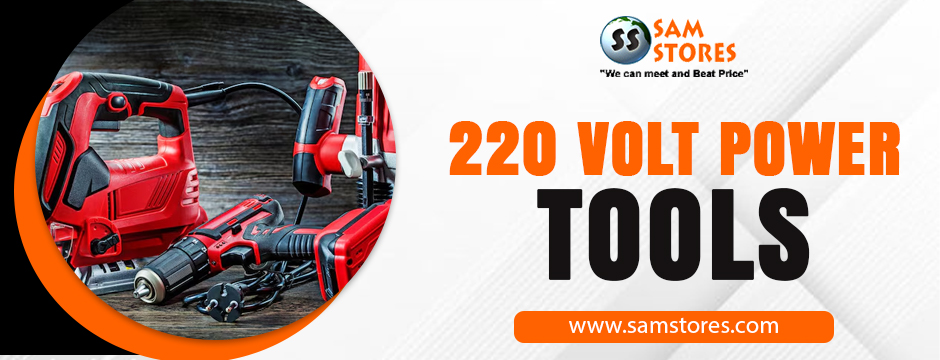
Why Sam Stores Focuses on What Specs Leave Out
At Sam Stores, we do not just sell transformers. We help customers avoid problems they did not know to anticipate.
Our product selection prioritizes:
- Stable thermal behavior
- Low noise operation
- Load-appropriate design
- Long-term reliability
Whether you need voltage converters for international travel, workshop-grade voltage transformers, or heavy-duty solutions for demanding equipment, our focus remains the same. Performance that lasts beyond the first plug-in.
Final Thoughts
Transformers rarely fail dramatically at first. They whisper warnings through noise, heat, and subtle instability. Those signals are easy to ignore until failure becomes unavoidable.
Understanding these non-obvious factors gives engineers, professionals, and everyday users a significant advantage. It leads to smarter purchases, safer operation, and better long-term value.
If you want transformers that perform quietly, stay cool, and remain reliable when it matters most, start looking beyond the label. That is where real quality lives.
And that is where Sam Stores stands apart.
